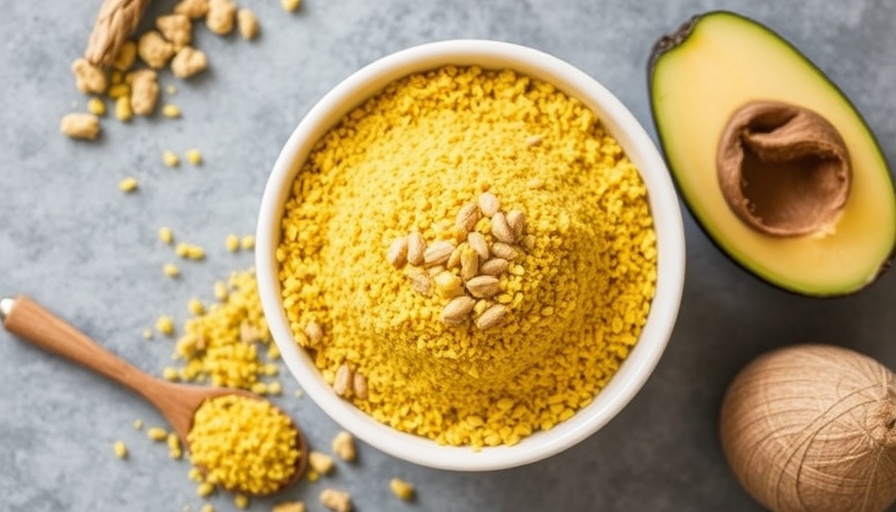
Millet: An Ancient Grain Making a Comeback for Blood Sugar Control
In the United States, the battle against blood sugar control is more urgent than ever. With over 135 million adults—52.7% of the population—dealing with prediabetes or type 2 diabetes, finding effective dietary solutions is paramount. Enter millet, an ancient grain that has quietly been overlooked by the mainstream health conversation.
Why Choose Millet Over Traditional Grains?
Millet, often relegated to the status of a niche health food, is actually a nutritional powerhouse. As a low-glycemic index (GI) grain, it does not rapidly elevate blood sugar levels, making it a great alternative to more common staples like rice and wheat. According to research, millet has been shown to lower HbA1c levels, reduce glucose spikes, and improve cholesterol levels among those managing type 2 diabetes. Transitioning to millet can be a simple yet effective strategy for blood sugar regulation.
A Deep Dive Into Millet's Nutritional Profile
Millet is rich in essential nutrients such as fiber, protein, and minerals, which can contribute to overall health and well-being. The high fiber content aids in digestion, which is crucial for regulating blood sugar levels. Additionally, millet is gluten-free, making it suitable for individuals with gluten sensitivities or celiac disease. Incorporating this grain into your diet can provide a wealth of antioxidants and vital nutrients that support better health.
The Historical Significance of Millet
Millet's cultivation dates back over 6,000 years, primarily thriving in arid regions where other crops struggle. Historically, millet was referenced in significant texts, including the Bible, underscoring its importance in ancient diets. Today, the grain remains prevalent in regions such as sub-Saharan Africa and parts of Asia, where it is celebrated for its resilience and nutritional benefits. As global warming alters agricultural landscapes, millet may play a critical role in sustainable farming practices.
Research Insights: What Studies Show About Millet
Recent studies underscore the importance of millet in promoting better blood sugar control. A pivotal 2018 study published in Nutrients followed individuals with type 2 diabetes over an extended period, revealing that those who incorporated millet into their diets experienced significant improvements in their glucose management. Alongside benefits for blood sugar, research indicates that millet can also lower cholesterol and improve heart health.
How to Incorporate Millet Into Your Diet
Integrating millet into your meals can be both enjoyable and versatile. Here are some simple ways to add this grain into your daily routine:
- Replacement for Rice: Use cooked millet instead of rice in your stir-fry dishes or as a side dish.
- Breakfast Boost: Cook millet as a breakfast porridge mixed with nuts, seeds, and fresh fruits.
- Baking Buddy: Incorporate millet flour into your baking recipes to create gluten-free goodies.
Experimenting with millet can add a delightful texture and flavor to your meals, while potentially improving your health.
Common Misconceptions About Millet
Despite its many benefits, misconceptions about millet persist. Some people dismiss it as an “old-fashioned” grain, while others might believe it lacks culinary versatility. However, millet is incredibly adaptable and can be used in a variety of dishes, from sweet to savory. As awareness increases, millet is poised to regain its rightful place in contemporary diets.
Final Thoughts: Taking Action Towards Better Health
As you explore ways to manage your blood sugar, incorporate more millet into your meals. Its historical roots and modern benefits make it a secret weapon in your dietary arsenal for improved health. Have you tried millet in your dishes? If not, now is the time to embrace this ancient grain for its potential benefits.
 Add Row
Add Row  Add
Add 




 Add Row
Add Row  Add
Add 


Write A Comment